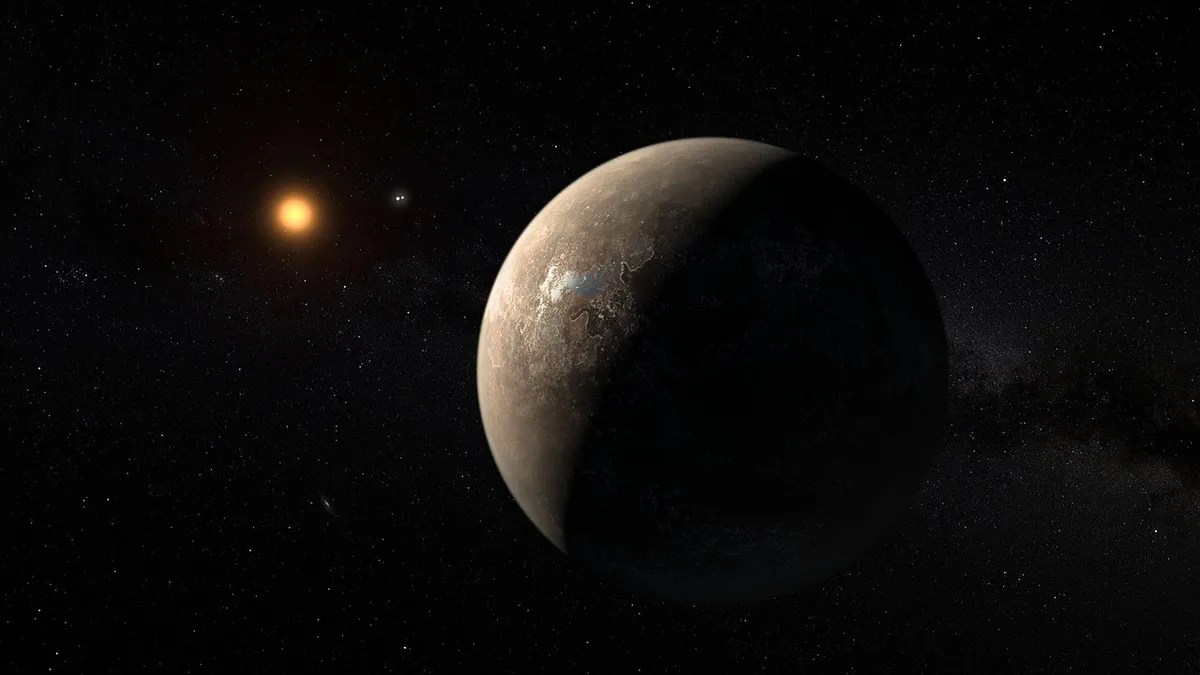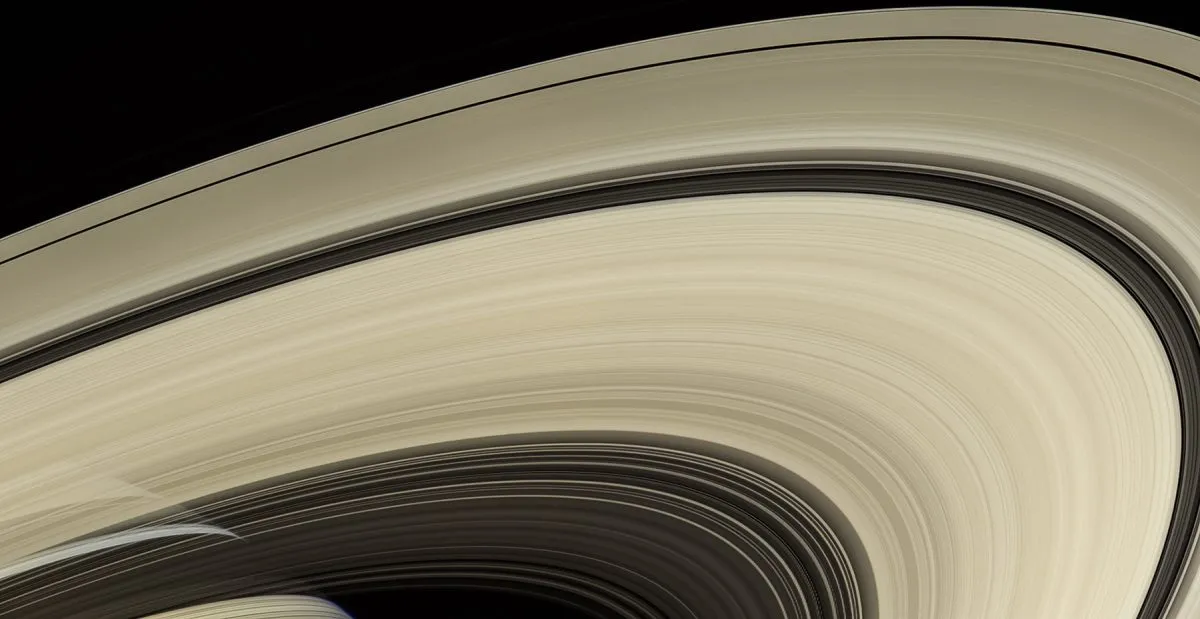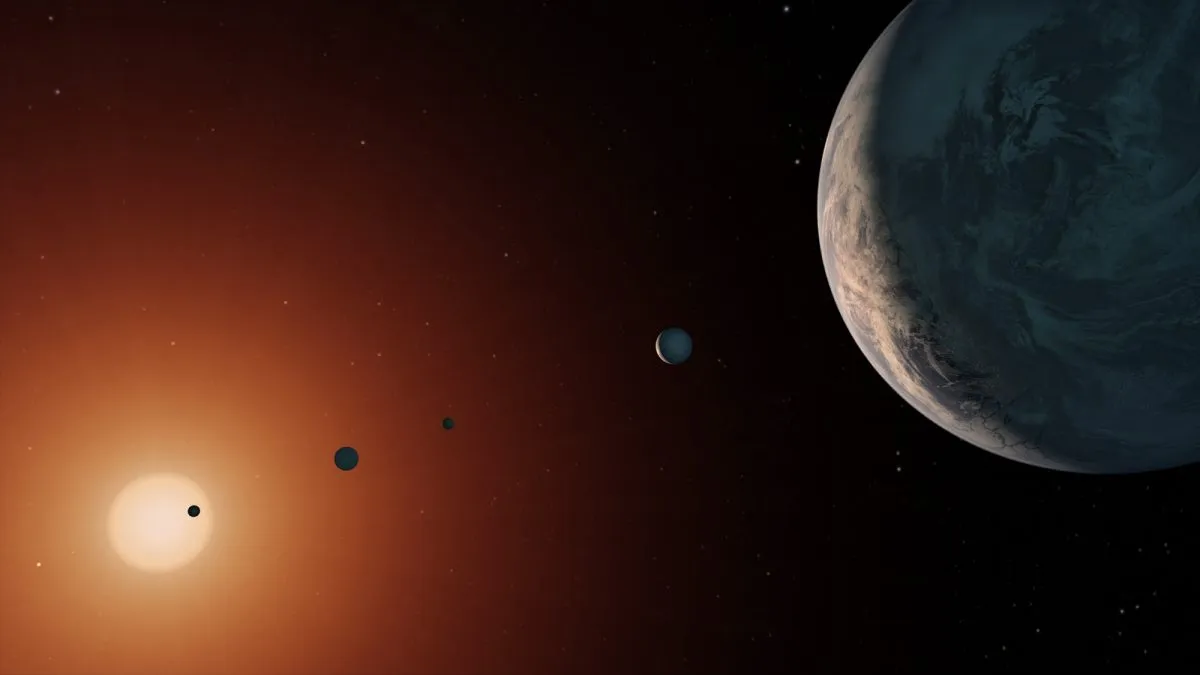All astronomers, whether they be professional or amateur, must live with the sad reality that our perception of the Universe is confined to one tiny corner of space.
Perhaps it’s because of this that the question of what things would look like from other points of view remains a subject of perennial fantasy and fascination.
What would it really be like to walk on another world in our Solar System? Or, what would you see if you could view a distant star from an orbiting exoplanet?

This other point of view forms the focus for Phil Plait’s new book Under Alien Skies, a journey across the space from our cosmic doorstep to some of the most extreme environments in the Universe.
Perhaps better known as the internet’s Bad Astronomer, Plait has a well-deserved reputation as a lively and accurate communicator of cutting-edge science.
We got the chance to ask Phil more about what it would be like to travel across the cosmos if time, space (and safety) were no object.
- Under Alien Skiesfrom Waterstones, WH Smith, Barnes & Noble, Wordery

Which Solar System body would you love to visit?
Oh, that’s easy: Saturn. What a sight that would be!
Just seeing Saturn's rings up close would be an amazing thing.
They’re not solid, or even one ring, but thousands of individual ringlets made up of countless chunks of glittering water ice.
The gravity of the moons sculpt them into amazing waves and bizarre patterns that would be utterly gorgeous as well as profoundly weird.
And that’s not even getting into the moons, from tiny ones shaped like ravioli to Titan, which has an atmosphere and lakes of liquid methane.
An adventurer’s absolute dream.

If we could transport ourselves into the middle of a nebula, what would we see?
That depends on the nebula. If it’s a dark nebula like Barnard 68, you’d see… nothing.
The material is so dense and thick it would be completely black inside it, with no stars visible at all.
But the Orion Nebula… now you’re talking.
A huge wall of light on one side, and multicoloured streamers and filaments and waves on the other, seemingly structured out of cotton candy.
And in the middle a cluster of brilliant stars illuminating the gas around you.
An astronomer would give anything to see that up close.
What are your favourite exoplanets?
I don’t have a favourite in particular, but I’m fascinated by the TRAPPIST-1 system, a series of seven Earth-sized worlds that huddle close in to a faint, cool, red dwarf star just 40 light-years from Earth.
Three of these planets are at the right distance from the star to potentially have Earth-like temperatures.
The star would loom huge in their sky, and the other planets visible as actual disks to the eye.
It’s the most Star-Trek-like system I know of.

If you could travel anywhere and anywhen in the Universe, where would you go?
I would love to see the birth of our Solar System, assuming I could set my time machine into time-lapse mode.
It took millions of years, but seeing the nascent Sun switch on for the first time as the planets form around it would be awe-inspiring.
If I can have two, then add the formation of the Moon as debris splashed out from Earth after another planet collided with it.
This was an apocalyptic event that nevertheless gave us the lovely Moon as we see it today.
Which mystery about the Universe would you most like to know the answer to?
All of them.
How did the Universe come to be?
How did supermassive black holes grow so rapidly?
What are dark matter and dark energy?
How exactly do stars and planets form?
What happens in detail when a massive star explodes as a supernova at the end of its life?
And what is the eventual fate of the cosmos; will it expand forever, or is there some aspect of physics we don’t know yet that will prevent that chilling fate?
We understand a lot, but there’s a lot more we still don’t know yet.
That’s why I love astronomy so much.
Visit Phil's website badastronomy.substack.com or follow him on Twitter @BadAstronomer and Instagram thebadastronomer.

